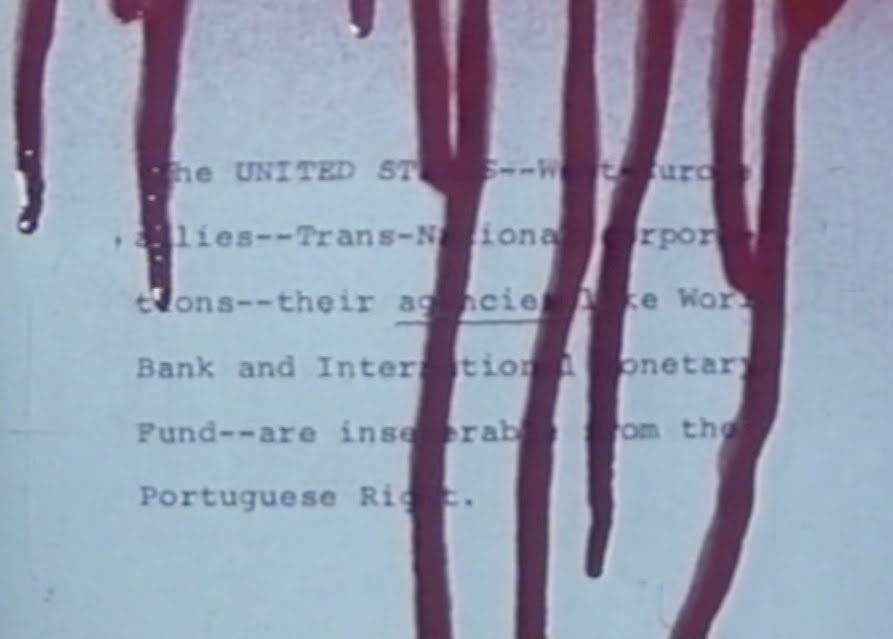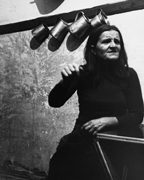
Scenes from the Class Struggle in Portugal, Directed by Robert Kramer
The Militant Image, Scenes from the Class Struggle in Portugal – by Tara Brown
Art is great – it can serve you with underwhelming and overpowering emotions. It can also help you notice and challenge perceptions that you may have never thought about. I’ve had one of those rare moments; a moment where I’ve learnt about something I’ve known absolutely nothing about. Before Tuesday 29 November, I did not know that Portugal had had a fascist military state, let alone that the people of Portugal had started a revolution of their own from 1974 that lasted for around two years. It’s been called the last revolution in Europe, and American filmmaker Robert Kramer may have realised this in his decision to produce Scenes from the Class Struggle in Portugal, released in 1977. Themes that often crop up in Iniva’s programmes are explored in the film, such as economics, human rights, and politics.

Scenes from the Class Struggle in Portugal, directed by Robert Kramer
Watching the film with its fantastic Portuguese music in the background, I got to see the daily struggle of the people as they stormed the streets, reclaiming and occupying public spaces as citizens and united workers. They occupied schools, factories, and public spaces, working together as a team. With the term ‘occupy’ so prevalent this year, I wonder how many people camping in the cold and hostile streets all over the globe realise that the working heroes from Portugal had succeeded in bringing democracy to the country through this ethos?
The Marxist politics in this film are loud and undeniable. The narrative places the workers as an homogeneous mass against the bourgeois, who are never really represented in the film. There is no subjectivity within the film either – in the final notes at the end of the picture, a card has blood dripping into its message, a very unsubtle metaphor.
One of the most interesting aspects of the film was its physical quality. The curators for this programme, Kodwo Eshun and Ros Gray, had chosen films that were unseen and hard to find. The picture is full of spots and the aesthetics are rough and overexposed – at one point, there is an interview with a soldier, whose face has been obscured to a white mask from the quality of the film. With its style and narration, militant cinema is a genre all its own and the programme at Iniva has hopefully presented its audience with new knowledge and perspectives.
*The programme has come from the publication of a special Third Text journal ‘Militant Cinema: A Cine-Geography’.Find out more about The Militant Image programme
Tara Brown is an Inivator, a member of Iniva’s Youth Advisory Board and is also currently an Education Apprentice at Whitechapel Gallery.